As a cornerstone of modern trenchless construction, horizontal directional drilling (HDD) has become indispensable for oil/gas pipelines and municipal utility installations due to its precision and efficiency. This article systematically explains how does horizontal directional drilling work, helping clients understand its technical advantages for informed equipment selection.
I. Overview: How Does Horizontal Directional Drilling Work?
The process of how does horizontal directional drilling work follows three key stages:
1. Pilot Hole Drilling: A steerable drill bit with Measurement While Drilling (MWD) adjusts trajectory in real-time along designed paths.
2. Reaming: Hole openers progressively enlarge the borehole to accommodate pipeline diameters.
3. Pipe Pullback: Pre-assembled pipes are pulled through the borehole to complete installation.
This sequence exemplifies the precision and efficiency central to how does horizontal directional drilling work.

II. Five Technical Pillars of How Does Horizontal Directional Drilling Work
Steering System
1. Components: Guided drill bit + wireless sonde, using pitch/roll data for dynamic trajectory correction.
2. How does horizontal directional drilling work relies on this for obstacle avoidance and complex curves.
Mud Circulation System
High-pressure drilling fluid lubricates tools, removes cuttings, and stabilizes boreholes – critical to how does horizontal directional drilling work safety.
Power Drive System
High-torque hydraulic motors enable long-distance drilling (up to 2,000m) without sticking.
Multi-Stage Reaming
Select reamer sizes (e.g., φ200mm→φ800mm) based on geology, demonstrating flexibility in how does horizontal directional drilling work.
Pipe Pullback Protection
Low-friction mud and swivels prevent pipe damage, perfecting the final phase of how does horizontal directional drilling work
III. Competitive Advantages: How Does Horizontal Directional Drilling Work Differently?
Versus traditional excavation, how does horizontal directional drilling work delivers three unmatched benefits:
1. Eco-Friendly: Zero surface disruption protects vegetation and infrastructure.
2. Cost-Effective: 50%+ faster completion with 30% cost savings.
3. Versatile: Crosses rivers, highways, and sensitive zones, expanding applications of how does horizontal directional drilling work.
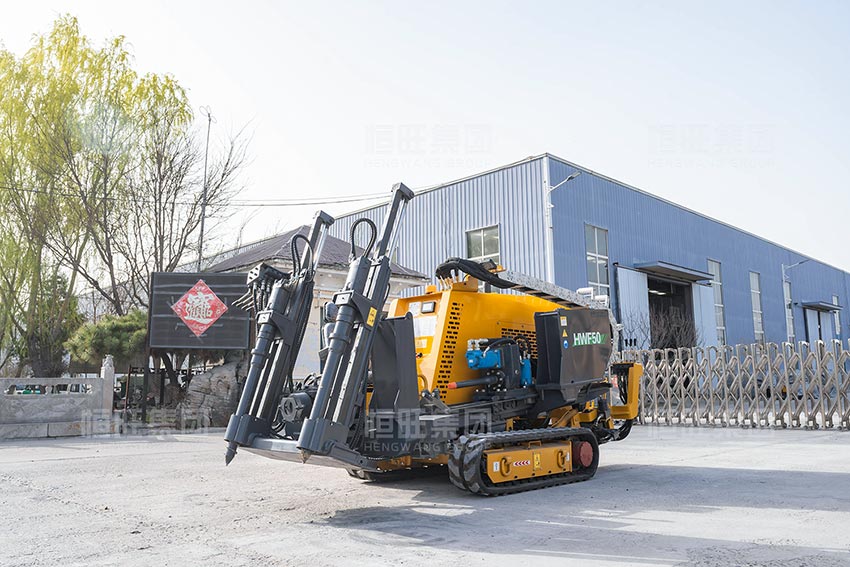
IV. Case Study: How Does Horizontal Directional Drilling Work in Action?
Project: 3km natural gas pipeline through wetlands (unsuitable for open-cut).
Solution: Applying how does horizontal directional drilling work principles: φ1200mm reaming + precision steering, completed in 18 days.
Result: $2M+ savings, proving how does horizontal directional drilling work reliability in mega-projects.
V. Selection Guide: Match Geology to HDD Principles
1. Soft Rock: Prioritize high-RPM/low-torque rigs aligned with how does horizontal directional drilling work mud-support needs.
2. Hard Rock: Requires PDC bits and reinforced reamers.
3. Long-Range: Choose ≥50-ton pullback systems with real-time tracking.
Conclusion
Understanding how does horizontal directional drilling work reveals why it revolutionized trenchless technology. With modular designs and smart upgrades reshaping the industry, our expert team delivers turnkey solutions – from equipment matching to on-site support – ensuring your project’s success!
(Contact us now for a customized plan based on how does horizontal directional drilling work!)
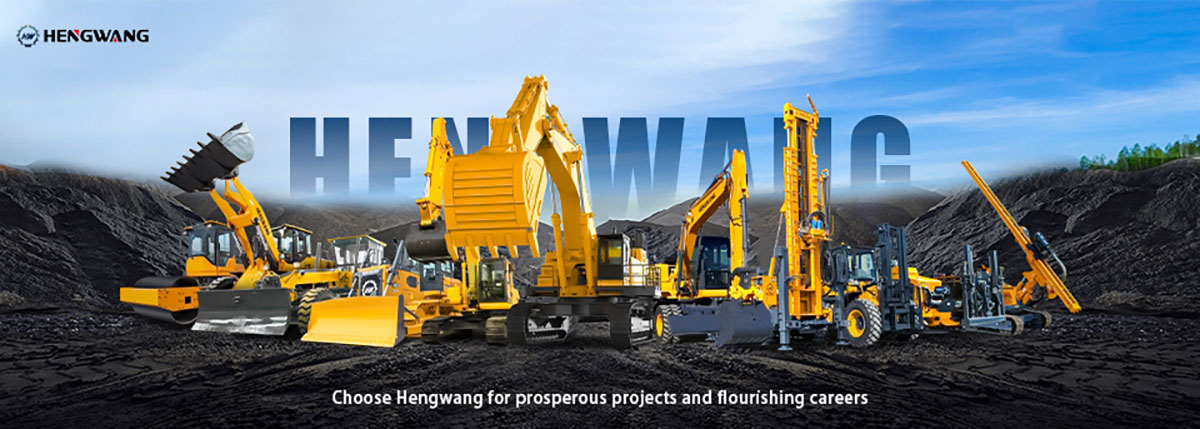
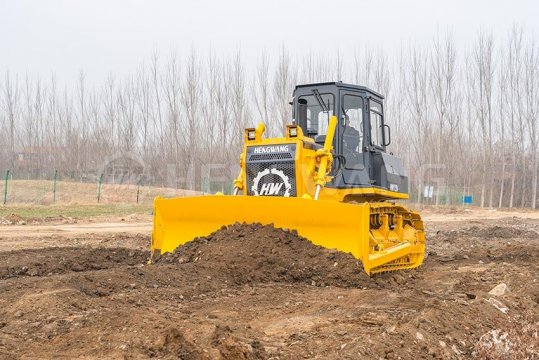 Bulldozer Blade Types: Core Configuration for Adapting to Different Operating Scenarios
Bulldozer Blade Types: Core Configuration for Adapting to Different Operating Scenarios
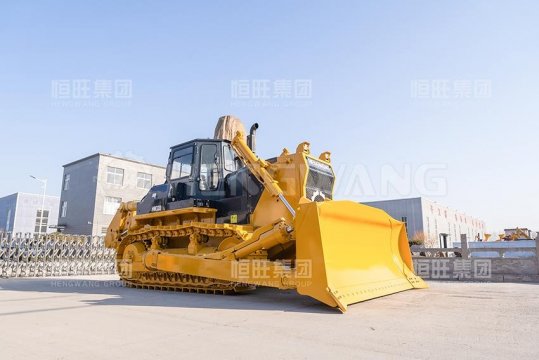 Swamp bulldozer: An Efficient Solution for Operations in Muddy Environments
Swamp bulldozer: An Efficient Solution for Operations in Muddy Environments
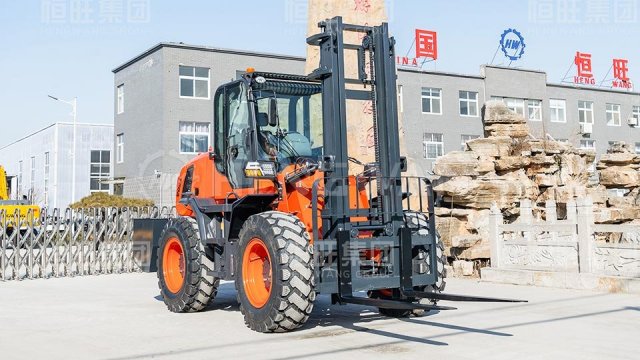 Rough terrain forklift with highest load capacity: A High-performance Solution for Heavy-duty Outdoor Operations
Rough terrain forklift with highest load capacity: A High-performance Solution for Heavy-duty Outdoor Operations